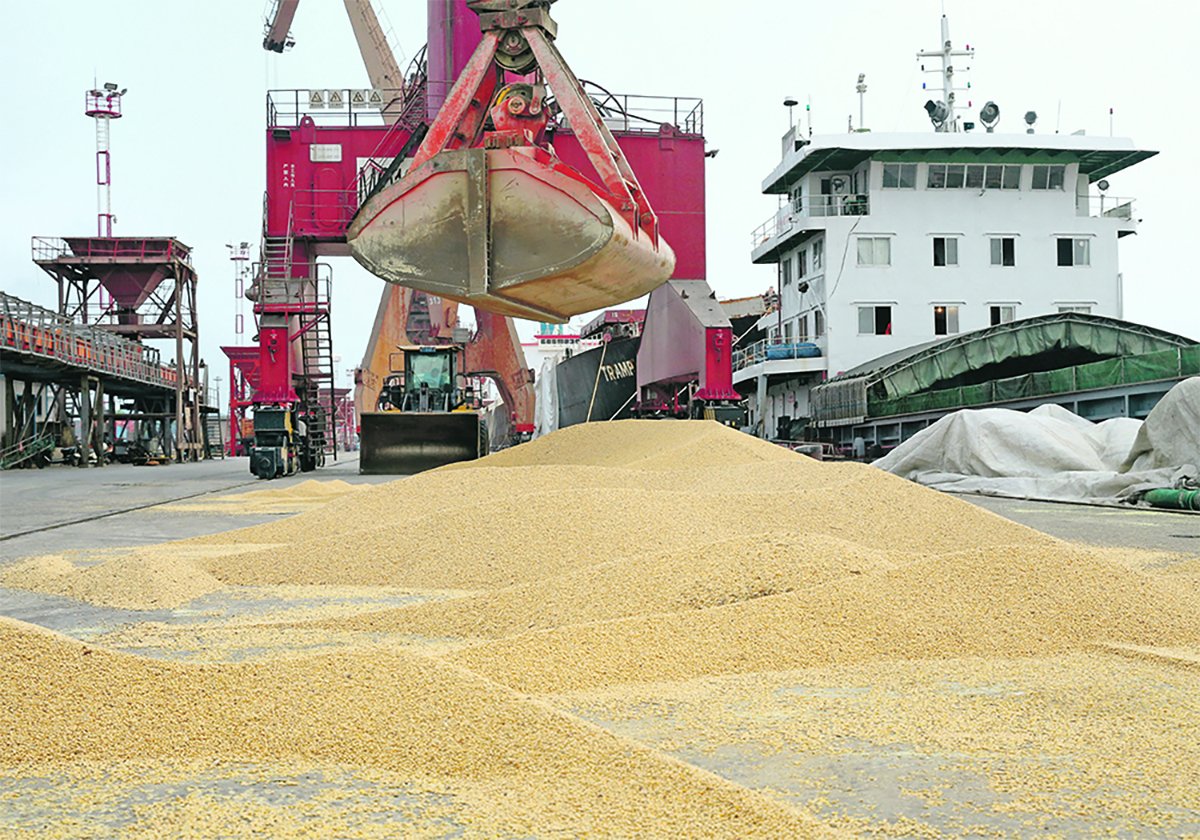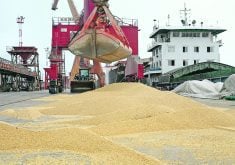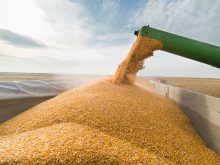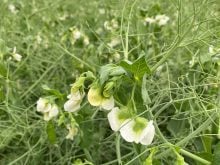Some hog producers who thought they had protected themselves from marketing dangers such as the surge of the Canadian dollar have found some of that protection taken away.
Maple Leaf Foods, the Prairies’ biggest hog buyer, is breaking the news to producers that its cost-of-production-plus program will be altered to pass back some of the company’s currency rate losses to producers.
Farmers involved in the program, which was launched less than a year ago, are paid at a rate that gives the most efficient producers about a 15 percent profit margin. With some of the currency risk passed back to producers, those farmers will no longer be free of market volatility.
Read Also

U.S. soy subsidies will cause lasting damage to industry
Nothing illustrates the demise of world trade agreements more than the recent dispute between the United States and China.
“Any producer that is on that program is extremely disappointed, due to the fact that they thought they had taken prudent risk management action and had no other risk management strategy in place,” said Perry Mohr, general manager of Manitoba Pork Marketing Co-operative.
“They are now left with the possibility of taking prices much lower than they could have obtained by using other risk management programs that are out there.”
Michael Detlefsen, executive vice-president of vertical co-ordination for Maple Leaf Foods, said his company has been paying an enormous price because of the Canadian dollar’s rise, and needs to place some of the cost on producers.
“We’ve insulated some of our producers by shouldering 100 percent of the burden for the last nine months and now we’re still going to be shouldering half of it, but we’ve got to share some of it,” said Detlefsen.
“It can’t go on this way. We can’t continue to subsidize our partners.”
North American pork prices were poor through 2003, even though many expected prices to pick up during the year. More pork than expected came to market.
The rise of the Canadian dollar made the situation worse. Detlefsen said the currency rate change took $20-$25 away from each Canadian pig sold in 2003.
He said producers need to cut their costs to remain viable, just as his company is doing. Farmers need to accept that the currency exchange rate is unlikely to go back to where it was, when every U.S. dollar earned brought $1.55 Cdn. From now on it is likely to be only $1.30-$1.35.
“We’d better get our business back into competitive alignment as soon as we can,” said Detlefsen.
“The faster that people recognize that this is the new normal, the new standard of operating, and make the adjustments, the faster we’ll get back into a competitive situation.”
Mohr said producers using the company’s program are upset because they signed on to avoid market volatility.
Currency rates are only one factor in the cost of production of a market hog, and some large and efficient producers decided to protect their market risk by using the program rather than other methods such as futures contracts. Now that the Canadian dollar has risen, those risk management options are far less attractive. And farmers aren’t in good shape to receive another blow.
“Producers are sympathetic to the fact the processing industry is struggling, but we ourselves have not made any money in over two years,” said Mohr.
“What can we do? We have to just sit back and take it.”
Detlefsen said his company had no choice.
“We were prepared to do it for a period of time in case the (U.S.) dollar came back, but now I think the new reality is that the dollar has not come back,” said Detlefsen.















